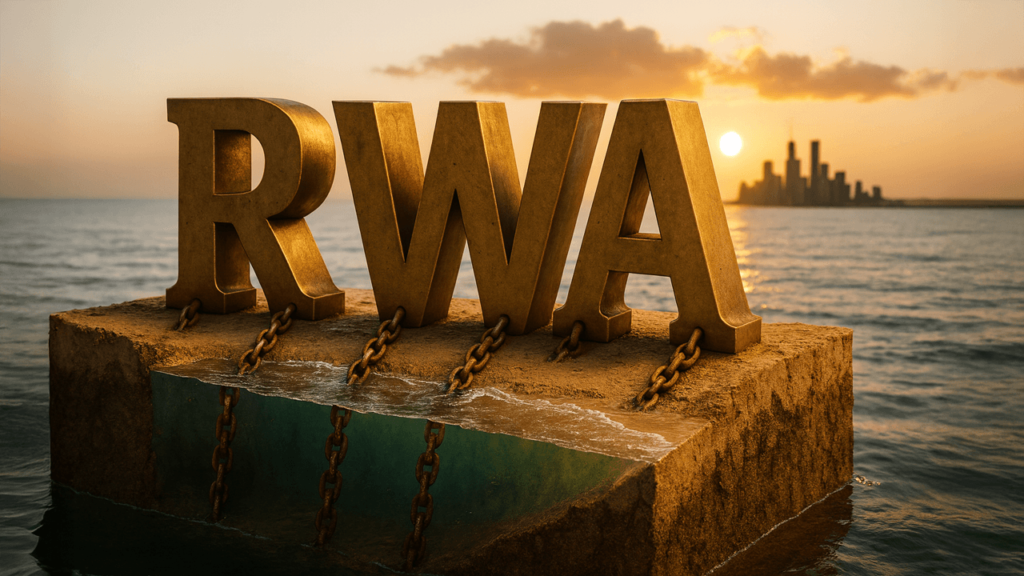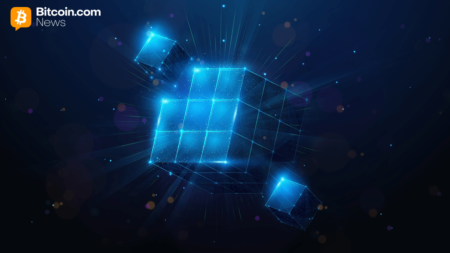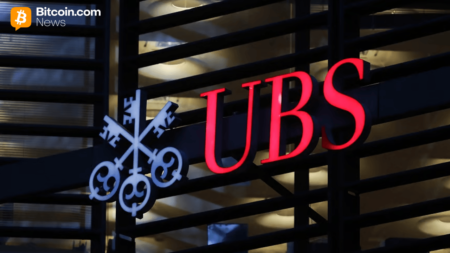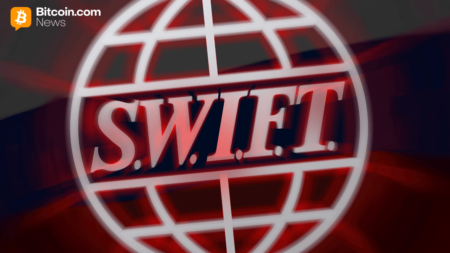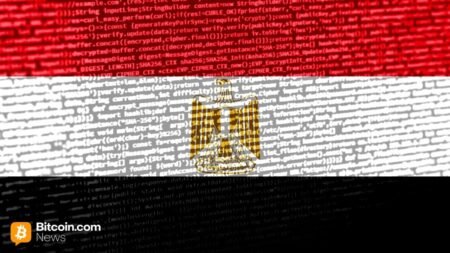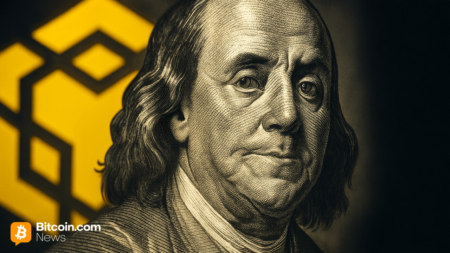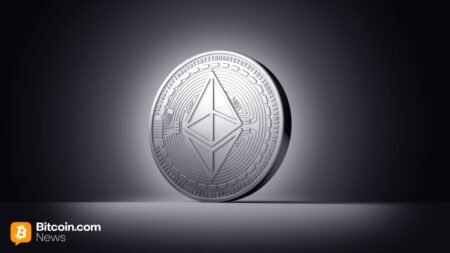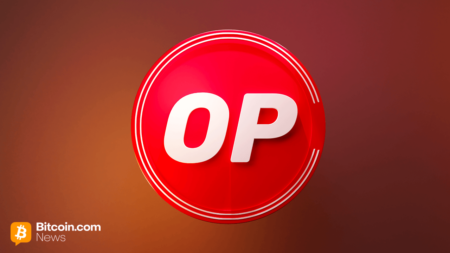Tokenized Real-World Assets: A Growing Force in On-Chain Finance
In the rapidly evolving landscape of blockchain technology, tokenized real-world assets (RWAs) have emerged as a powerful trend in 2023. A recent report from rwa.xyz highlights this growth, showcasing how RWAs have surged to a value of $29.18 billion on-chain, marking an 8.25% increase over the previous period. This article delves into the significant rise of tokenized assets, exploring their implications for the financial ecosystem, various asset types, and the future trajectory of this burgeoning trend.
The Rise of RWA Value
The tokenization of real-world assets has been gaining traction, with September 2023’s figures illustrating this remarkable growth. As traditional markets seek modern solutions, the on-chain representation of assets like real estate, commodities, and currencies opens new avenues for liquidity and accessibility. The $29.18 billion value indicates strong market sentiment and increasing trust in blockchain technology as a viable medium for asset representation and financial transactions.
Diverse Asset Categories
Tokenized RWAs encompass a variety of asset types, from physical commodities like gold and silver to financial instruments such as bonds and bills. This diversity is crucial, as it allows investors to access a wide range of investment opportunities through a single platform. Gold bullion, for instance, has gained popularity as a tokenized asset, attracting investors looking to hedge against volatility and inflation. As markets grow and evolve, we anticipate the emergence of new tokenized asset classes that meet the needs of modern investors.
Enhanced Liquidity and Accessibility
One of the significant advantages of tokenizing real-world assets is the increase in liquidity. Traditional assets often suffer from inherent illiquidity due to regulatory constraints, market inefficiencies, and lengthy transfer processes. Tokenization facilitates instant transactions, broadens access to global markets, and lowers entry barriers for retail investors. This democratization of finance is transforming how individuals and institutions engage with assets, making investing in real estate, artwork, or commodities more feasible than ever.
Regulatory Challenges and Opportunities
While the growth of tokenized RWAs is promising, it is essential to consider the regulatory landscape surrounding them. Different jurisdictions have varying perspectives on asset tokenization, which can complicate operations for companies looking to issue tokenized assets. Collaborating with regulatory bodies and ensuring compliance will be crucial for the sustainable growth of this market. As regulators begin to create frameworks for tokenized assets, they will likely foster a more transparent and secure environment that benefits both issuers and investors.
Future Outlook for Tokenized Assets
As we look to the future, the trajectory for tokenized RWAs appears bright. With advancements in blockchain technology, more sophisticated platforms are likely to emerge, streamlining the process of asset tokenization and enhancing user experiences. Furthermore, as public awareness of these assets grows, we can expect increased participation from both institutional and retail investors, leading to further market maturation. The potential for real-world asset tokenization is vast, paving the way for innovative financial solutions that could reshape the investment landscape.
Conclusion: Embracing the Tokenization Revolution
In conclusion, the robust growth of tokenized real-world assets signifies an important shift in the financial industry. The increasing value of these assets on-chain, combined with the benefits of enhanced liquidity and accessibility, positions them as a central fixture in tomorrow’s finance ecosystem. As we navigate regulatory challenges and leverage technological advancements, the tokenization of real-world assets promises to transform how we perceive and interact with finance, heralding a new era of opportunity and innovation.

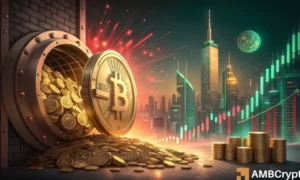
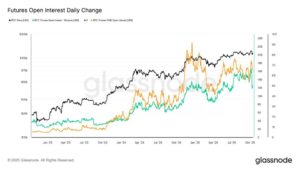
![Plasma [XPL] Soars 21% Following DeFi Partnerships, but THIS Factor Could Halt Its Momentum!](https://cryptonewsinsiders.com/wp-content/uploads/2025/10/Lennox-1-4-1000x600-300x180.png)



